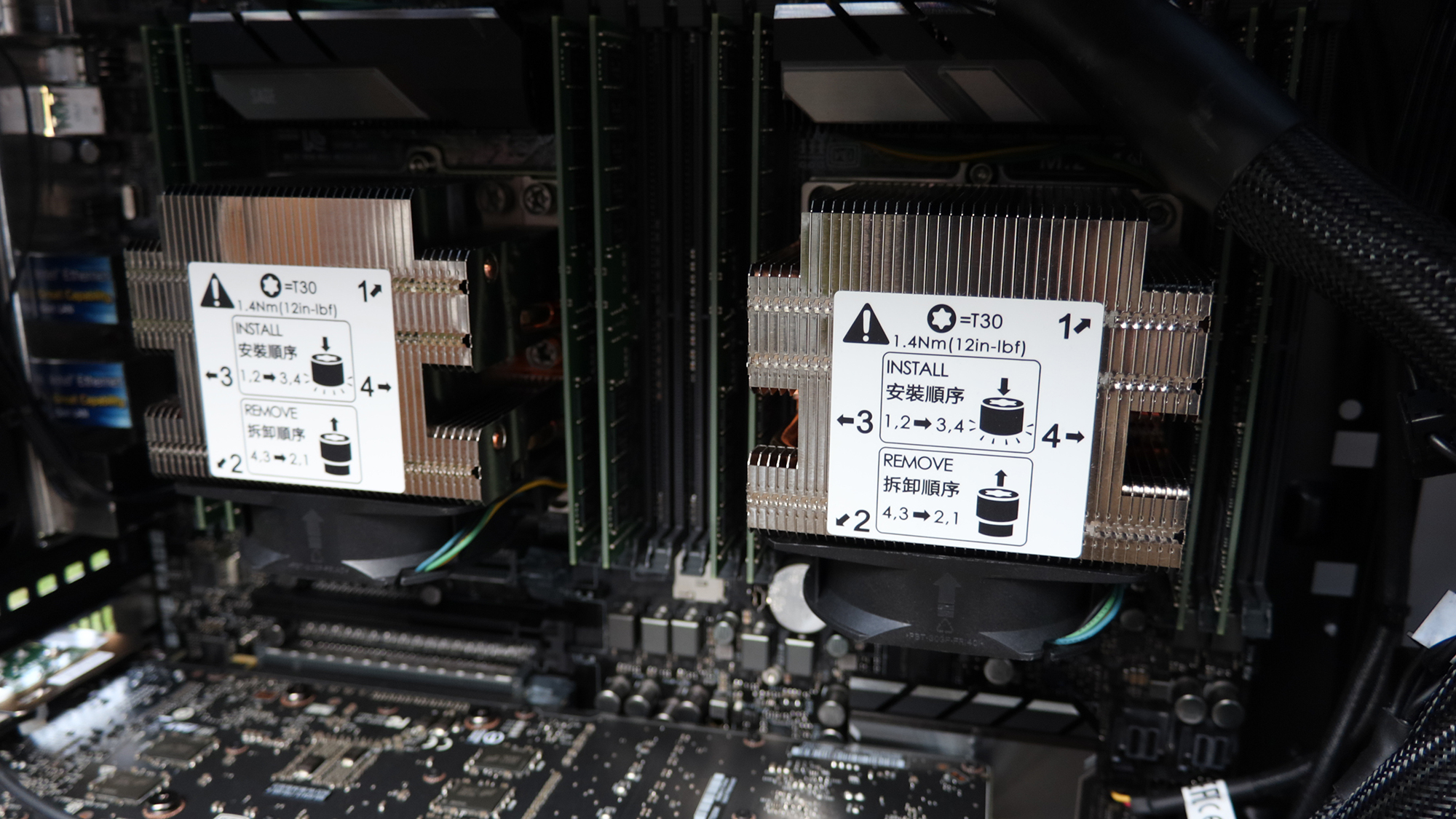Mitre reveals ten worst hardware security weaknesses in 2021
The list aims to highlight common hardware flaws to help eliminate them from product development cycles


Mitre has revealed its top-ten list of security vulnerabilities in hardware in a bid to help companies design more secure products.
The weaknesses highlighted in the list can be found in hardware design, architecture, or programming. Mitre compiled the list in conjunction with the Hardware CWE Special Interest Group (SIG).
Mitre publishes the Common Weakness Enumeration (CWE) for software bugs in conjunction with the US Department of Homeland Security's Cybersecurity and Infrastructure Security Agency (CISA). This marks the first time the organization has done the same thing for hardware.
The list aims to drive awareness of common hardware weaknesses through CWE and “prevent hardware security issues at the source by educating designers and programmers on how to eliminate important mistakes early in the product development lifecycle”.
"Security analysts and test engineers can use the list in preparing plans for security testing and evaluation. Hardware consumers could use the list to help them to ask for more secure hardware products from their suppliers. Finally, managers and CIOs can use the list as a measuring stick of progress in their efforts to secure their hardware and ascertain where to direct resources to develop security tools or automation processes that mitigate a wide class of vulnerabilities by eliminating the underlying root cause," Mitre said.
The list, which is in no order, includes vulnerabilities found in many types of hardware. For example, CWE-1189 is a flaw on a system-on-a-chip (SoC) that does not properly isolate shared resources between trusted and untrusted agents.
“Several resources on the chip may be shared to multiplex and support different features or functions. When such resources are shared between trusted and untrusted agents, untrusted agents may be able to access the assets intended to be accessed only by the trusted agents,” Mitre noted.
Get the ITPro daily newsletter
Sign up today and you will receive a free copy of our Future Focus 2025 report - the leading guidance on AI, cybersecurity and other IT challenges as per 700+ senior executives
Another hardware bug mentioned on the list is where a chip does not implement or does not correctly perform access control to check whether users are authorized to access internal registers and test modes through the physical debug/test interface.
“If authorization, authentication, or some other form of access control is not implemented or not implemented correctly, a user may be able to bypass on-chip protection mechanisms through the debug interface,” said Mitre.
It added that the methodology used to generate the inaugural CWE Most Important Hardware Weaknesses List is “limited somewhat in terms of scientific and statistical rigor.”
"In the absence of more relevant data from which to conduct systematic inquiry, the list was compiled using a modified Delphi method leveraging subjective opinions, albeit from informed content knowledge experts,” it added.
Rene Millman is a freelance writer and broadcaster who covers cybersecurity, AI, IoT, and the cloud. He also works as a contributing analyst at GigaOm and has previously worked as an analyst for Gartner covering the infrastructure market. He has made numerous television appearances to give his views and expertise on technology trends and companies that affect and shape our lives. You can follow Rene Millman on Twitter.
-
 AI-first partnerships: Unlocking scalable growth for business
AI-first partnerships: Unlocking scalable growth for businessChannel partners play a vital role in facilitating AI adoption, but there's more to offering support than simple integration
By Neil Sawyer
-
 Hackers are duping developers with malware-laden coding challenges
Hackers are duping developers with malware-laden coding challengesNews A North Korean state-sponsored group has been targeting crypto developers through fake coding challenges given as part of the recruitment process.
By Emma Woollacott
-
 Hackers are targeting Ivanti VPN users again – here’s what you need to know
Hackers are targeting Ivanti VPN users again – here’s what you need to knowNews Ivanti has re-patched a security flaw in its Connect Secure VPN appliances that's been exploited by a China-linked espionage group since at least the middle of March.
By Emma Woollacott
-
 Broadcom issues urgent alert over three VMware zero-days
Broadcom issues urgent alert over three VMware zero-daysNews The firm says it has information to suggest all three are being exploited in the wild
By Solomon Klappholz
-
 Nakivo backup flaw still present on some systems months after firms’ ‘silent patch’, researchers claim
Nakivo backup flaw still present on some systems months after firms’ ‘silent patch’, researchers claimNews Over 200 vulnerable Nakivo backup instances have been identified months after the firm silently patched a security flaw.
By Solomon Klappholz
-
 Everything you need to know about the Microsoft Power Pages vulnerability
Everything you need to know about the Microsoft Power Pages vulnerabilityNews A severe Microsoft Power Pages vulnerability has been fixed after cyber criminals were found to have been exploiting unpatched systems in the wild.
By Solomon Klappholz
-
 Vulnerability management complexity is leaving enterprises at serious risk
Vulnerability management complexity is leaving enterprises at serious riskNews Fragmented data and siloed processes mean remediation is taking too long
By Emma Woollacott
-
 A critical Ivanti flaw is being exploited in the wild – here’s what you need to know
A critical Ivanti flaw is being exploited in the wild – here’s what you need to knowNews Cyber criminals are actively exploiting a critical RCE flaw affecting Ivanti Connect Secure appliances
By Solomon Klappholz
-
 Researchers claim an AMD security flaw could let hackers access encrypted data
Researchers claim an AMD security flaw could let hackers access encrypted dataNews Using only a $10 test rig, researchers were able to pull off the badRAM attack
By Solomon Klappholz
-
 A journey to cyber resilience
A journey to cyber resiliencewhitepaper DORA: Ushering in a new era of cyber security
By ITPro